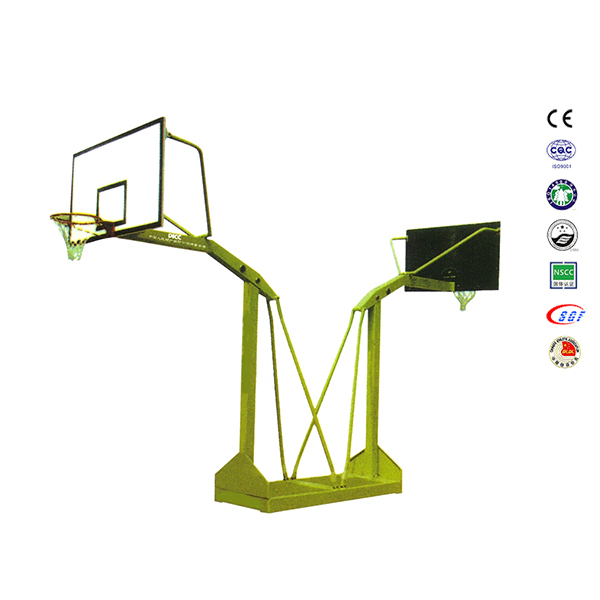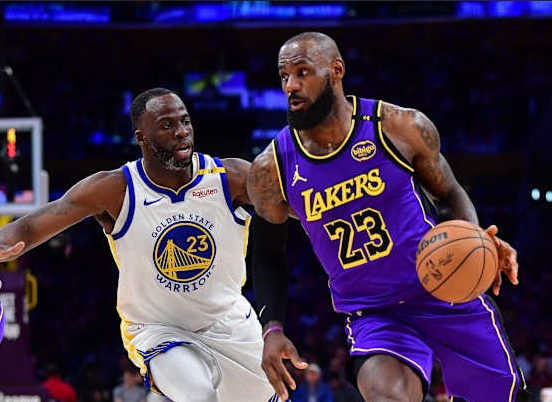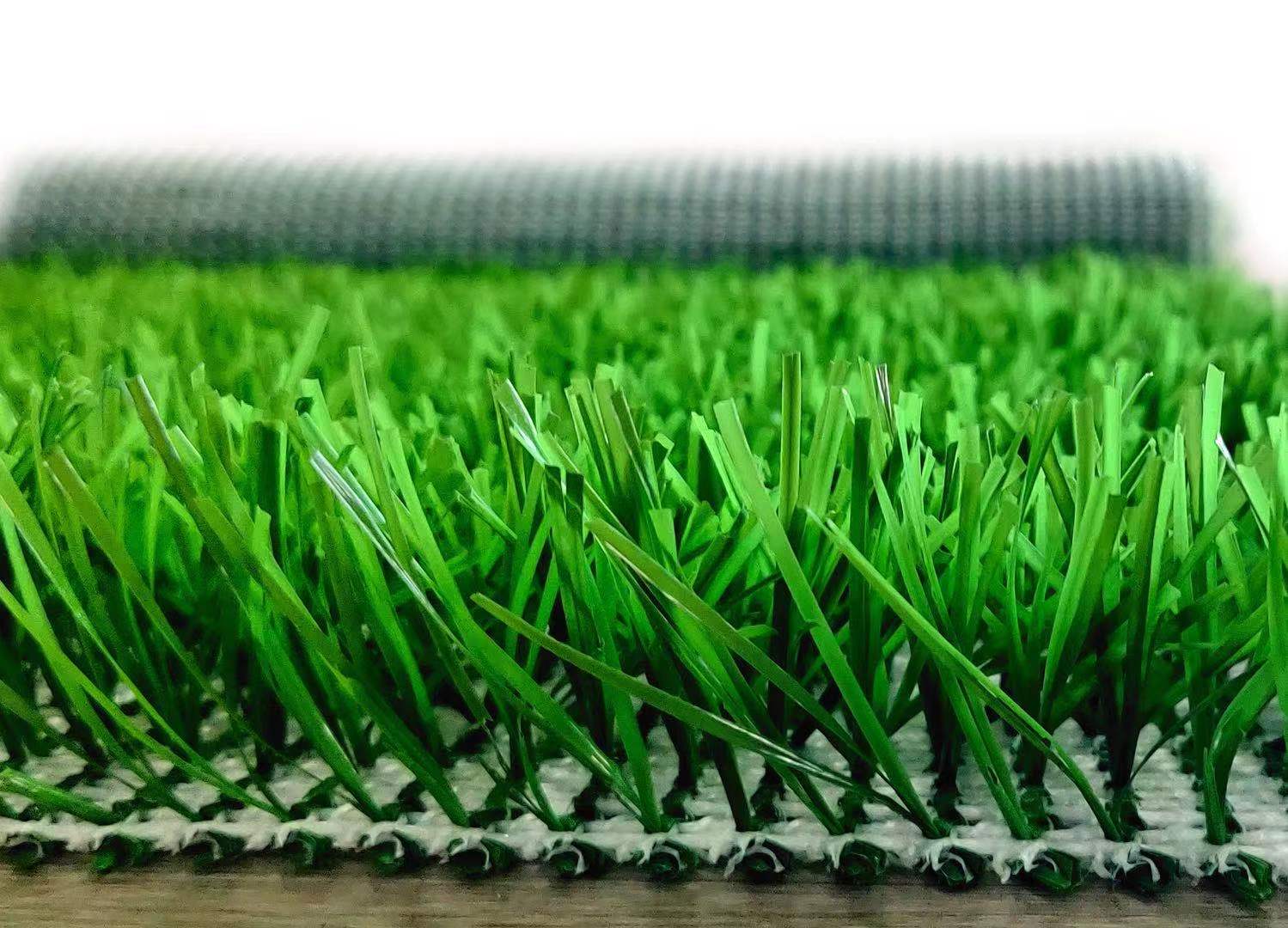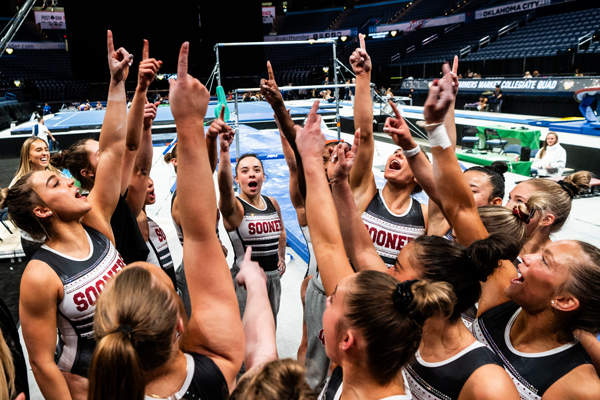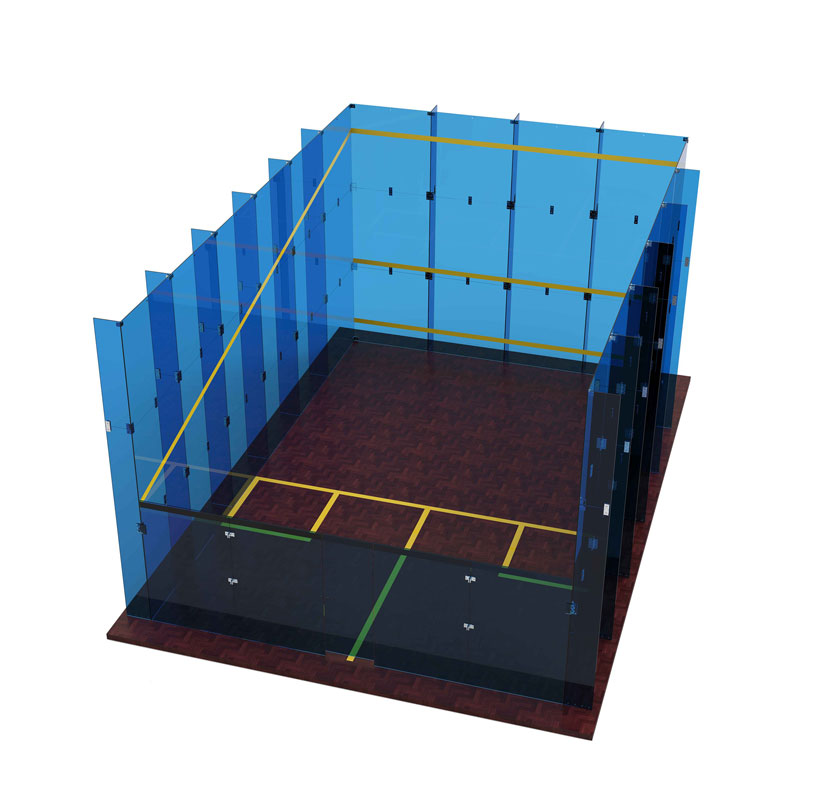Product
Build your own squash court
Basic Info
First: what is the difference between squash and tennis?
Squash and tennis can train people's judgment and reaction ability. The difference between the two mainly lies in:1, squash is mainly to make people's cardiorespiratory function, endurance, explosive force, flexibility, coordination and other aspects of the excellent comprehensive exercise, while tennis focuses on training people's leg muscles, wrist flexibility, shoulder flexibility and arm strength.
2, the degree of concentration requirements of different sports. Because the squash court is very small, surrounded by walls, but the speed of squash is very fast, the ball changes more, if not enough to concentrate on playing often will be hit by the ball. Tennis is different, the field is much larger than squash, and the activity space is also larger, if there is a distraction at most just lose points, the possibility of injury is very small.
3, in addition to concentration, squash compared to tennis is not easy to cause sports injuries, because playing squash when the center of gravity is low, no body vacated, footsteps to move to the pads, such as rapid tai chi, so it is relatively safe.
4, squash does not require you to have a lot of strength, master the correct way of force can be played after a long rebound distance of the ball. And squash ball is more durable, a ball can be used for a short period of one month, as long as half a year.

Second: the basic rules of squash
1, squash looks high-end, but the rules are actually somewhat similar to tennis, that is, before each person hits the ball, the ball can fall to the ground to rebound once, or on the other side of the wall to rebound once. Then, the two people hit the ball alternately, creating problems for each other until one side cannot save the return.2. The serving team must serve with one foot in the serving area (not on the line) at the moment of serving. The ball must leave the racket and come into direct contact with the front wall, above the front serving line and below the boundary line. When the squash ball bounces off the front wall, it must land behind the other side. A squash ball hitting the service line, boundary line, groundstroke line, half-court line, etc. on the serve is ruled out of bounds or a serving foul.
3. After the serve, each valid shot must touch the front wall once. When the squash ball is above the baseline and below the boundary line, each shot must be struck after the ball has bounced off the front wall, without touching the floor, or after it has bounced off the floor only once.
4. During the match, a squash ball hitting the boundary line, the baseline, etc. is ruled out of bounds. If the serving team misses a shot or fails to return a good ball played by the opponent, the serve is transferred to the opponent; similarly, if the receiving player misses a shot or fails to return a good ball played by the serving team, the serving team receives one point.
5. The scoring rules are 2 out of 3 or 3 out of 5, with 9 points and 15 points. The 9-point system for the right to score, both sides 8 flat, by the first to 8 points of the party to choose to play 1 or 2 points; 9 flat, 1 ball to determine the winners and losers. The 15-point system, also known as the point-per-ball system, is mostly used in top professional tournaments. Both sides 14 level, by the first to 14 points of the side to choose to play 1 or 2 points; 15 level, 1 ball to determine the winner.

Third: the attention of the novice squash player
1, squash footwork varies, such as big step, small broken step, side touch step, as well as the foot rotation and other footwork. Requirements for the shoe body is soft, the heel has the ability to prevent shock, the shoe side has the left and right support thick edge and so on. Indoor sports rules also require soles that do not lose their color. General squash courts will be equipped with various specifications of squash balls, so do not worry about playing squash when you forget to bring the ball.2, squash ball does not bounce as high as you think, so learn squash first to familiarize yourself with the ball, ball feel practice, understand the ball's rebound. Beginners should start with the forehand, first practice hitting the floor bounce ball in the front court, then slowly backward, gradually increase the power of the ball, and then practice backhand and backhand alternately after skillful hitting.
3, at the beginning, you should choose the ball with more elasticity, and slowly practice hitting the ball against the wall. Start with the forehand, then gradually increase the power of the ball, and then practice backhand and alternating forehand and backhand after you are familiar with it. Progressively, from easy to difficult.
4. In sparring, it is not enough to ask the player to keep his eyes on the ball. Keeping an eye on the ball is only suitable for the period from the opponent's hitting point to the time when his own racket hits the ball. The player should also be asked to pay attention to the opponent's hitting action, so as to obtain more information, which on the one hand, can improve the judgment of the hitting direction, and on the other hand, can avoid the obstruction and avoid the injuries.
LDK sports equipment manufacturer's promotion is in progress: Click to contact us now






